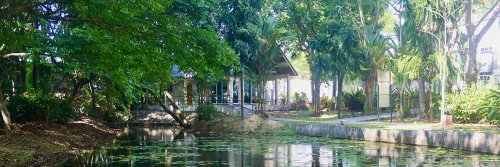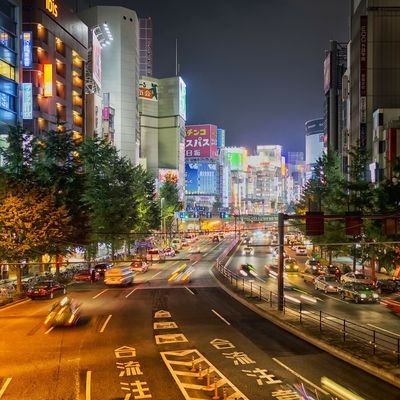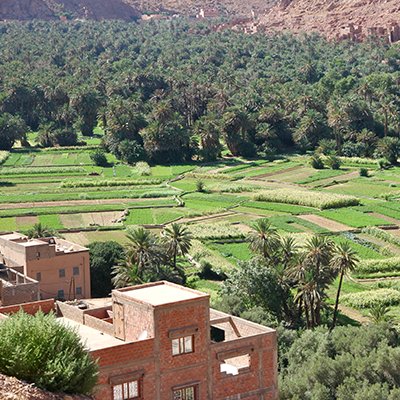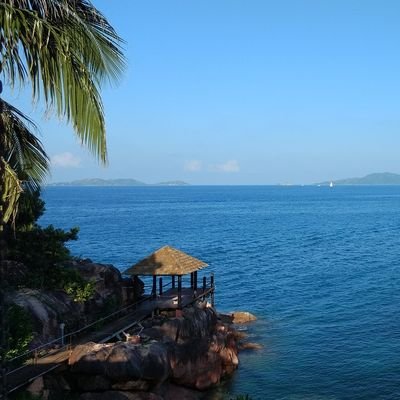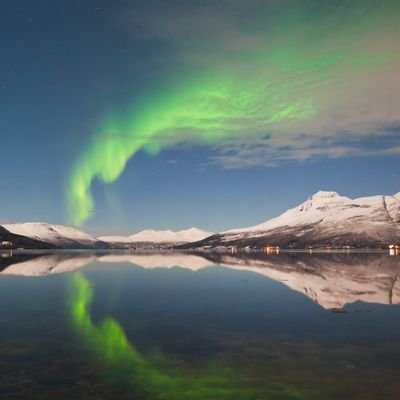The gateway to many jungle lodges in the Kabil-Sepilok Nature Reserve of Sabah, there's more to Sandakan than the iconic wildlife sanctuaries where you can see hilarious animal antics. This town was the capital of North Borneo until the end of World War II when Kota Kinabalu took over the role in 1946. Before heading off to the wild jungle, hiring a car and a driver to take you on a magical mystery tour of this historic city is worth doing.
Don't expect luxurious hotel accommodations (by Western standards)—you may have a quirky experience as I did when I overnighted at Sabah Hotel Sandakan. This hotel has a stunning position surrounded by tropical rainforest. The staff are super friendly, and the rooms are clean and comfy despite being somewhat dated. Much to my amusement, each time I walked to the lift or got out of the elevator on my floor, I would be greeted by two police officers sitting at a table with stern expressions. They were there all night—I had never encountered this level of hotel security before. I thought it might be because there was no lift security for guests and asked if this was the case. Apparently, they were the security for the Australian ambassador staying on my floor, not for any nefarious reasons I had conjured up in my imagination. Having a wine with your dinner is akin to being branded a leper—70% of Sabah's population is Muslim. There is no sitting in the restaurant with liquor; you are relegated to a defined area by the pool with a takeaway container for your meal. I balked at this and discovered you could combine your love of a necessary holiday wine with dinner 'actually on' crockery if you sat in the upstairs bar/lounge area. Really busy, the Sabah Hotel is a favorite of many Bornean tour companies. If you stay longer than overnight in Sandakan, go out of town to one of the lodges near the Sepilok Orangutan Rehabilitation Center, such as Sepilok Nature Resort—alcohol is served with your meal in the restaurant. Book early, as it fills up quickly during peak season.

Sandakan has the infamous reputation as the starting point of the ‘death marches’ during the Second World War—Australian and British prisoners held captive by the Japanese were marched from Sandakan to the city of Ranau in the mountains, resulting in 2,434 deaths—only six Australians managed to escape and survive. The beautiful gardens of Sandakan Memorial Park were created on the site of the prisoner-of-war camp in Sandakan, and it's one of the many tributes to the fallen during the war years dotted around the town.

A surreal experience I found totally incongruous for Sandakan is to partake of scones with cream and jam plus a pot of tea at the English Tea House and Restaurant. It's most civilized sitting in a garden overlooking the town and the Sulu Sea. One almost feels inclined to put on a posh old English accent. The lush green lawns apron the colonial-style villa inspired by the wooden historic home of the American author Agnes Keith, who lived in Sandakan in the 1930s.

For some reason, cemeteries hold an attraction for me. After my genteel English high tea, I wanted to find the Japanese graveyard for prostitutes founded in 1890 by Kinoshita Kuni, the then-local 'Brothel 8' madam. Unfortunately, a landslide had wiped out this hillside cemetery. I found myself at the Chinese cemetery pondering the vast array of resting places—incredible charnel houses—of some of Sandakan's famous clan members. Chinese settlement in Sabah goes as far back as the 7th Century, with indications that it could be far earlier than this. In the latter half of the 1800s, there was an influx of Chinese as they were encouraged by the British North Borneo Company to migrate to Sandakan to help develop the economy of this new outpost.
If you are feeling peckish for mouth-watering seafood dumplings, prawn noodles, or a Malaysian curry of fishy flavors, head to Kampung Buli Sim Sim, a traditional Malaysian village of homes built on stilts over the Sulu Sea. Given the status of the humble beginnings of Sandakan city and constructed in 1879, the wooden walkways connecting rustic homes are a fascinating look into a different way of life. Fishermen dock at the jetty to sell their freshly caught fare, restaurants sell dishes that taste of the sea, and washing flaps from verandahs. It's a veritable maze of wooden houses with boats hanging in slings instead of a car in a carport.

Sandakan Rainforest Discovery Center is an escape from the city vibes into the tropical rainforest. A 620 mt long skywalk gets you into the treetops where the orangutans and monkeys hang out. You will find towers to climb at certain boardwalk intersections, giving an incredible view of the jungle canopy. When you come down to earth, there are trails to follow and a gorgeous lake with a pavilion and bench seats so that you can sit and ponder the sounds, smells, and sights of the tropical forest around you. Butterflies flit, birds take flight (over 250 species), and I was challenged by a rather large alpha monkey as he blocked my pathway. Obviously, he thought my quiet time of reflection was up and that I should remove myself from his domain and that of his family, who were happily swinging through the trees above me. There are numerous informative signs on the trails about the critters in the forest and what to do if you encounter a monkey or orangutan that doesn't want to be friendly. The first rule is not to look them in the eye; the second is to remove yourself from their presence. Failing this, quickly call the ranger's office and ask for help!


Sandakan is a melting pot of cultures where traditional fishing boats float on impossibly blue water, colonial-era remnants dot its streets and vibrant street markets add an exotic Malaysian flavor.
Gail Palethorpe, a self proclaimed Australian gypsy, is a freelance writer, photographer and eternal traveller. Check out her website Gail Palethorpe Photography and her Shutterstock profile.

